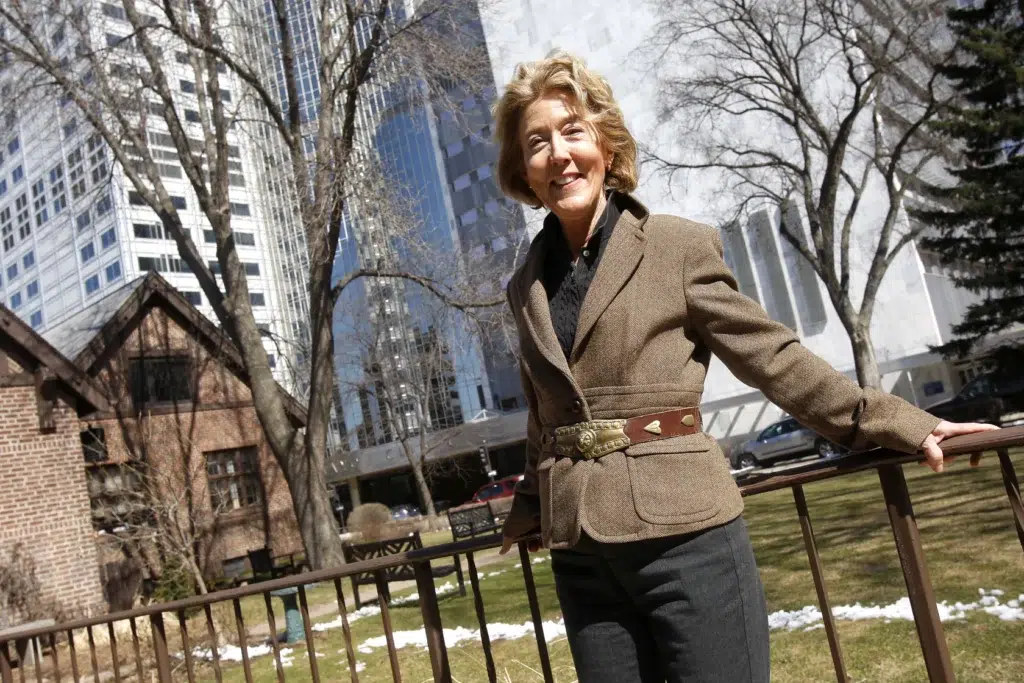Peace Corps’ Third Goal: To help promote a better understanding of other peoples on the part of Americans.
by Geri Critchley (RPCV Senegal 1971—1972)

From Senegal to Rochester: A Return with Purpose
Post Peace Corps, I had just finished directing The Experiment in International Living’s Washington, D.C. office while supporting my (former) husband’s art career. He had declined a Neurology Residency at the Mayo Clinic, but after three years, he was (miraculously) accepted again, so we moved to Rochester, Minnesota.
Influenced by the perspective I experienced in my small village in Senegal, I began mobilizing and networking to determine how I could contribute to Rochester. After a year of meetings and creating seminars and events to determine the community’s response, the need became apparent.
All of these findings eventually led to the creation of the Rochester International Center in 1980 to bring about international understanding among the residents by connecting with each other to appreciate the many cross-cultural resources that were right in their own community—to identify these resources as an opportunity to encourage cross-cultural understanding and appreciation and a global perspective.
Hundreds of volunteers and 10,000 individuals participated in 12 programs in the first year of operation (1979—1982).
I received a grant from USICA during Carter’s Presidency. Serendipity that the grants that year were to support U.S. citizen globalization. After documenting the international resources in Rochester and what we intended to do to create cross-cultural understanding, I flew to D.C. and met with the USICA grant chair and eventually received $25,000. I hired Mayo Clinic doctors’ wives with social capital: long-time community influence and connections in the town who had never had a “job” before and didn’t need a paycheck, and I split the staff allocation among five of us and was generously given office space in the church behind the Mayo Clinic.
My goal was to create global civic awareness and programs to connect those living in Rochester with each other to encourage and facilitate cross-cultural and international understanding. As an example: there were 17,000 international visitors to the Mayo Clinic annually, yet there were high school students nearby learning Spanish who had never met a Spanish-speaking person—the International Speakers Bureau was created, and residents from other countries volunteered to speak in schools, at Rotary, and other citizen group meetings and conferences. Mayo Clinic physicians who were traveling to consult abroad would be connected with Returned Peace Corps Volunteers about their country of service; a language interpreters’ group was set up for the Mayo Clinic for all its international visitors; English as a Second Language classes were created for mostly spouses of international residents working at the Mayo Clinic and IBM, and Rochester was connected to international visitors through the U.S. State Department International Visitors Program—identifying Rochester as a visitor site for the first time and more.
My goal was to phase myself out—since I was in Rochester only for three years due to my husband’s residency—which I did. Inevitably, the International Center has since morphed into many branches and integrated into many organizations as needs and interests have grown and diversified.
Theoretical Inspirations
My inspiring theoretical influence was Ivan Illich, a Jesuit activist who proposed a system of self-directed education in fluid and informal arrangements, which he describes as “educational webs which heighten the opportunity for each one to transform each moment of his living into one of learning, sharing, and caring.” Illich’s 1971 book Deschooling Society criticizes modern societies’ institutional approach to education—an approach that demotivates and alienates individuals from the process of learning.
Another of Illich’s concepts that many Peace Corps volunteers can probably identify with is “working yourself out of a job”—which is related to his broader critique of modern society and the way it defines and limits work. He argued that true fulfillment and usefulness lies in activities outside the market-driven world of professionalization, where people can engage in “useful unemployment.” This involves developing individual capacity and communal self-sufficiency, rather than being defined by paid jobs.
My other inspiring theoretical influence came from Professor Chadwick Alger’s “Columbus in the World” program which connected Ohio residents, NGOs and organizations with the rest of the world. He emphasized and showed evidence of how different the world looked from a global perspective as opposed to a conventional nation-state perspective. Alger’s illuminating research focused on facilitating cross-cultural connections within and between communities and the world, UN systems, peace building, and conflict resolution.